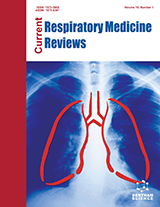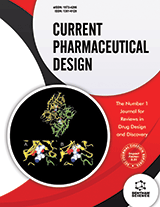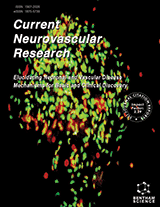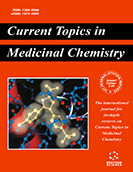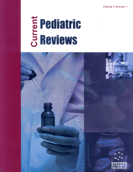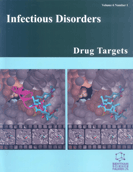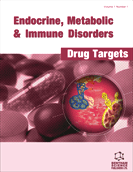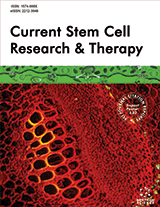Abstract
Bronchial asthma (BA) at high altitude (HA) has been studied for decades, but studies were limited to relatively low altitudes (below 3000 meters above sea level (MASL). Very scarce scientific evidence is available whether BA subjects can proceed to HA for recreational purposes and for work, and if they can, how well they will do. This paper summarizes past and current experience of BA patients stay at HA in Kyrgyzstan, mainly on a course of high-altitude climate therapy, and also reviews existing data from other countries, where BA patients travel to HA for various reasons. The existing conservative approach in assessing patients should be reassessed, and BA patients with well-controlled disease may be well at high altitude in light of evidence of beneficial effects of pollen concentration reduction, endogenous cortisol stimulation and reduced markers of inflammation.
Keywords: Asthma control, asthma, high altitude, hypoxia, screening, fitness for work.
Graphical Abstract
Current Respiratory Medicine Reviews
Title:Asthma and High Altitude: Is It Safe to Be and Work?
Volume: 11 Issue: 3
Author(s): Nurlan Brimkulov and Denis Vinnikov
Affiliation:
Keywords: Asthma control, asthma, high altitude, hypoxia, screening, fitness for work.
Abstract: Bronchial asthma (BA) at high altitude (HA) has been studied for decades, but studies were limited to relatively low altitudes (below 3000 meters above sea level (MASL). Very scarce scientific evidence is available whether BA subjects can proceed to HA for recreational purposes and for work, and if they can, how well they will do. This paper summarizes past and current experience of BA patients stay at HA in Kyrgyzstan, mainly on a course of high-altitude climate therapy, and also reviews existing data from other countries, where BA patients travel to HA for various reasons. The existing conservative approach in assessing patients should be reassessed, and BA patients with well-controlled disease may be well at high altitude in light of evidence of beneficial effects of pollen concentration reduction, endogenous cortisol stimulation and reduced markers of inflammation.
Export Options
About this article
Cite this article as:
Brimkulov Nurlan and Vinnikov Denis, Asthma and High Altitude: Is It Safe to Be and Work?, Current Respiratory Medicine Reviews 2015; 11 (3) . https://dx.doi.org/10.2174/1573398X11666150905002813
| DOI https://dx.doi.org/10.2174/1573398X11666150905002813 |
Print ISSN 1573-398X |
| Publisher Name Bentham Science Publisher |
Online ISSN 1875-6387 |
 26
26 1
1 1
1
- Author Guidelines
- Bentham Author Support Services (BASS)
- Graphical Abstracts
- Fabricating and Stating False Information
- Research Misconduct
- Post Publication Discussions and Corrections
- Publishing Ethics and Rectitude
- Increase Visibility of Your Article
- Archiving Policies
- Peer Review Workflow
- Order Your Article Before Print
- Promote Your Article
- Manuscript Transfer Facility
- Editorial Policies
- Allegations from Whistleblowers
Related Articles
-
Cardiovascular Pharmacogenetics of Anti-Thrombotic Agents and Non-Steroidal Anti-Inflammatory Drugs
Current Molecular Medicine Targeting the Toll-System in Cardiovascular Sciences
Recent Patents on Inflammation & Allergy Drug Discovery Pulmonary Vascular Function in Insulin Resistance and Diabetes
Current Vascular Pharmacology Bronchial Epithelial Cells in Allergic Reactions
Current Drug Targets - Inflammation & Allergy The Study of HLA Class II and Autoimmune Diabetes
Current Molecular Medicine New Insights on the Possible Role of Mast Cells in Aspirin-Induced Asthma
Current Molecular Pharmacology Production and Degradation of Oxygen Metabolites During Inflammatory States in the Human Lung
Current Drug Targets - Inflammation & Allergy Molecular Cloning and the Allergenic Characterization of Tropomyosin from Tyrophagus putrescentiae
Protein & Peptide Letters On the Paradigm Shift Towards Multitarget Selective Drug Design
Current Computer-Aided Drug Design Cyclic Nucleotide Phosphodiesterases (PDE) and Peptide Motifs
Current Pharmaceutical Design Neuroprotective Effects of Ginkgolide B Against Ischemic Stroke: A Review of Current Literature
Current Topics in Medicinal Chemistry Shilajit (Mumie): Current Status of Biochemical, Therapeutic and Clinical Advances
Current Nutrition & Food Science The Multiple Roles of Vitamin D in Human Health. A Mini-Review
Immunology, Endocrine & Metabolic Agents in Medicinal Chemistry (Discontinued) PDE5 Inhibitors: In Vitro and In Vivo Pharmacological Profile
Current Pharmaceutical Design Patent Selections
Recent Patents on Inflammation & Allergy Drug Discovery Nutritional and Therapeutic Potential of Garlic and Onion (Allium sp.)
Current Nutrition & Food Science New Advances in the Field of Calcium Channel Antagonists: Cardiovascular Effects and Structure-Activity Relationships
Current Medicinal Chemistry - Cardiovascular & Hematological Agents Cannabinoids and Neuro-Inflammation: Regulation of Brain Immune Response
Recent Patents on CNS Drug Discovery (Discontinued) Circulating Advanced Oxidation Protein Products as Oxidative Stress Biomarkers and Progression Mediators in Pathological Conditions Related to Inflammation and Immune Dysregulation
Current Medicinal Chemistry Treatment Options for Cystic Fibrosis: State of the Art and Future Perspectives
Reviews on Recent Clinical Trials


